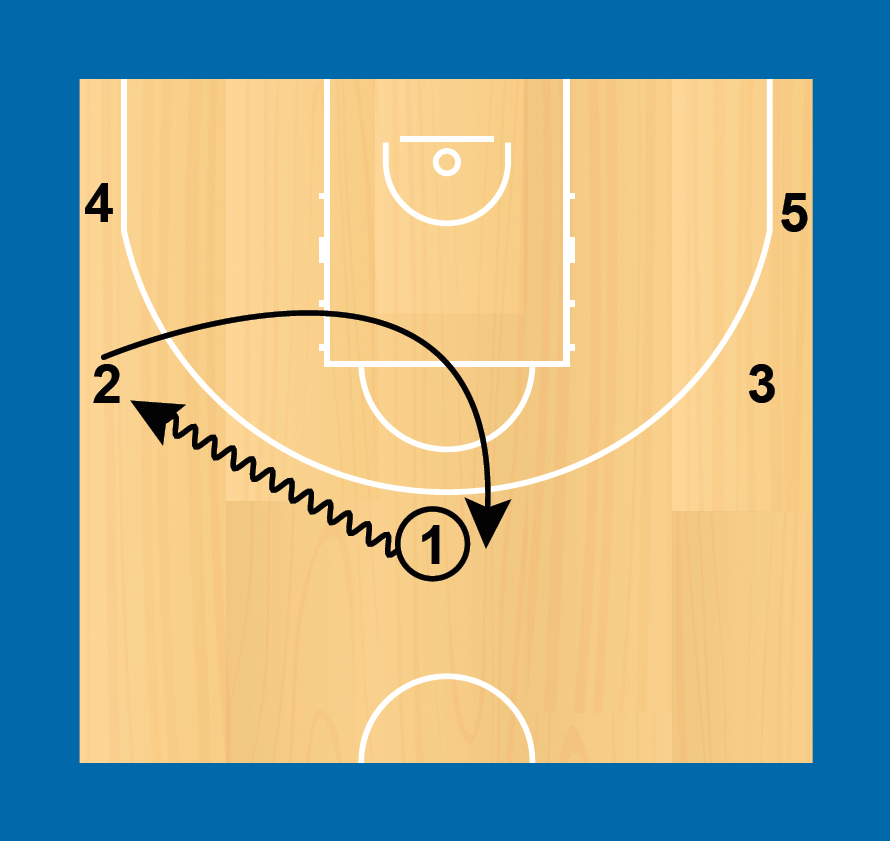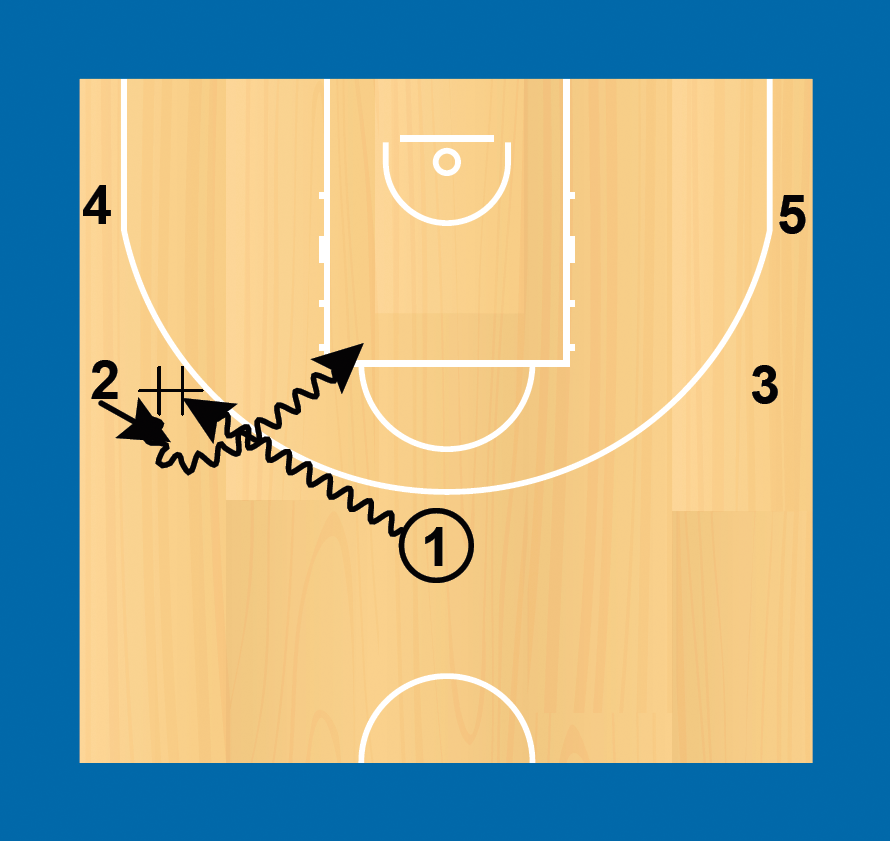Chapters
- 2.1.1 Planning Practice - Introduction
- 2.1.2 Planning Practice - Setting goals
- 2.1.3 Planning Practice - Stages of a practice session
- 2.1.4 Planning Practice - Planning appropriate activities
- 2.1.5 Planning Practice - Duration of activities
- 2.1.6 Planning Practice - Using stations and group work
- 2.1.7 Planning Practice-Managing Physical and Psychological Load
- 2.1.8 Planning Practice-adding complexity
- 2.1.9 Review-Reflecting on practice
- 2.1.10 Creating a Positive Environment
- 2.1.11 Providing a Safe Environment
- Follow Up
- 2.3.1 Communicating with Athletes - Listen More, Speak Less
- 2.3.2 “Coaching on the Run” Technique
- 2.3.3 Providing Feedback
- 2.3.4 Changing behaviour with feedback
- 2.3.5 Conducting the Session - Organizing Players into Groups
- 2.3.6 Conducting the Session - Introduce the Activity
- 2.3.7 Conducting the Session - Observe and Give Feedback
- 2.3.8 Adaptive Coaching - Changing Activities to be more effective
- 2.3.9 Adaptive Coaching - Coaching Athletes of Varying Abilities
- 2.3.10 Adaptive Coaching - Including Athletes with a Disability
- Follow Up
- 3.2.1 Productive and reproductive approaches to coaching
- 3.2.2 Different approaches according to age of athlete
- 3.2.3 LTAD - making fun a focus
- 3.2.4 Games-based approach to coaching
- 3.2.5 Differing coaching styles to coaching
- 3.2.6 Communication styles
- 3.2.7 Holistic development - “athlete-centred” approach
- 3.2.8 Holistic development - teaching non-basketball skills
- 3.2.9 Holistic development - developing mindset and resilience
- 3.2.10 Holistic development - developing self confidence
- 3.2.11 Holistic development - developing self control
- Follow Up
- 2.7.1 Basic shooting - introduction
- 2.7.2 Basic shooting - teaching lay-up footwork
- 2.7.3 Basic shooting - foundation for the shot - balanced stance
- 2.7.4 Basic shooting - grip on the ball
- 2.7.5 Basic shooting - "top of the shot" - releasing the ball
- 2.7.6 Basic shooting - shooting off the dribble
- 2.7.7 Basic shooting - jump shot
- Follow up
- 2.8.1 The Importance of the First Step
- 2.8.2 Getting post position
- 2.8.3 Drop step
- 2.8.4 Drop step - counter move
- 2.8.5 Basics of perimeter offence
- 2.8.6 Drive fake moves
- 2.8.7 Shot fake moves
- 2.8.8 Catch and shoot
- 2.8.9 Penetrating off the dribble
- 2.8.10 Activities to practice offence in low post
- 2.8.11 Activities to practice perimeter offence
- Follow-Up
- 1.1.1 Matching up - basic principle of man to man defence
- 1.1.2 Distance from opponent
- 1.1.3 Defending one pass away
- 1.1.4 Flat triangle position
- 1.1.5 Stance - denial or open
- 1.1.6 Moving on the pass
- 1.1.7 Help defence - split line defence
- 1.1.8 Help defence - help to defend dribble penetration
- 1.1.9 Help defence - helping the helper / defensive rotation
- 1.1.10 Defensive communication
- 1.1.11 Transition defence
- 1.1.12 Full court man to man defence
- Follow up
- 1.2.1 Defending off ball screens – “lock and trail”
- 1.2.2 Defending off ball screens – “under”
- 1.2.3 Defending off ball screens – “through”
- 1.2.4 Defending off ball screens – “switch”
- 1.2.5 Defending on ball screens – “under”
- 1.2.6 Defending on ball screens – “over”
- 1.2.7 Defending on ball screens – “through”
- 1.2.8 Defending off ball screens – “switch”
- 1.2.9 Defending on ball screens – “double”
- Follow up
- 2.1.1. Motion offence - 5 out - dribble entry - hand-off
- 2.1.2 Motion Offence - 5 Out - Replacing the Cutter
- 2.1.3 Motion Offence - 5 Out - Purposeful movement - timing and spacing
- 2.1.4 Motion Offence - 5 Out - Ball Reversal
- 2.1.5 Motion Offence - 5 Out - Dribble Penetration - Receivers’ Principles
- 2.1.6 Motion Offence - 5 Out - Dribble Entry
- 2.1.7 Introducing Screens - 5 Out - Pass and Screen Away
- 2.1.8 Scrimmage Activity
- 2.1.9 Allowing Creativity in Decision Making
- Follow up
- 2.2.1 Off Ball Screens - Role of Screener - Setting the Screen
- 2.2.2 Off Ball Screens - Basic Cuts of Screen - Straight Cut
- 2.2.3 Off Ball Screens - Basic Cuts of Screen - Curl Cut
- 2.2.4 Off Ball Screens - Basic Cuts of Screen - Back Cut
- 2.2.5 Off Ball Screens - Basic Cuts of Screen - Flare Cut
- 2.2.6 Off Ball Screens - Role of Screener – Pop or Roll
- 2.2.7 Off Ball Screens - Down screens
- 2.2.8 Off Ball Screens - Up screens
- 2.2.9 Off Ball Screens - Back screens
- 2.2.10 On Ball Screens - Dribbler Options
- Follow up
- 2.3.1 Basic Fast Break - Starting the Break
- 2.3.2 Basic Fast Break - Running Wide Lanes
- 2.3.3 Basic Fast Break - Pass the Ball Ahead
- 2.3.4 Basic Fast Break - 2v1 Fast Break
- 2.3.5 Basic Fast Break - 3v2 Fast Break
- 2.3.6 Basic Fast Break - Moving into Offence
- 2.3.7 Activities to Practice Fast Break Principles
- Follow up
Level 1
Level 1Team2. Offensive tactics and strategies2.1. Offensive Movement2.1.6 Motion Offence - 5 Out - Dribble Entry
2.1.6 Motion Offence – 5 Out – Dribble Entry
Shallow Cut
Rather than passing the ball, a “dribble entry” can be used, where the ball is dribbled to the wing. The player that is dribbled at moves. They can simply replace the dribbler – a shallow cut.
Basket Cut
The player dribbled at can also cut to the basket and other players move to fill the spaces on the perimeter.
Hand-off
Players can also interchange with a dribble hand-off. The dribbler, should come to a jump stop (one count) and hold the ball in two hands – on top and underneath the ball.
The wing player runs past to take the ball and immediately starts to dribble. They should aim to penetrate to the elbow.


